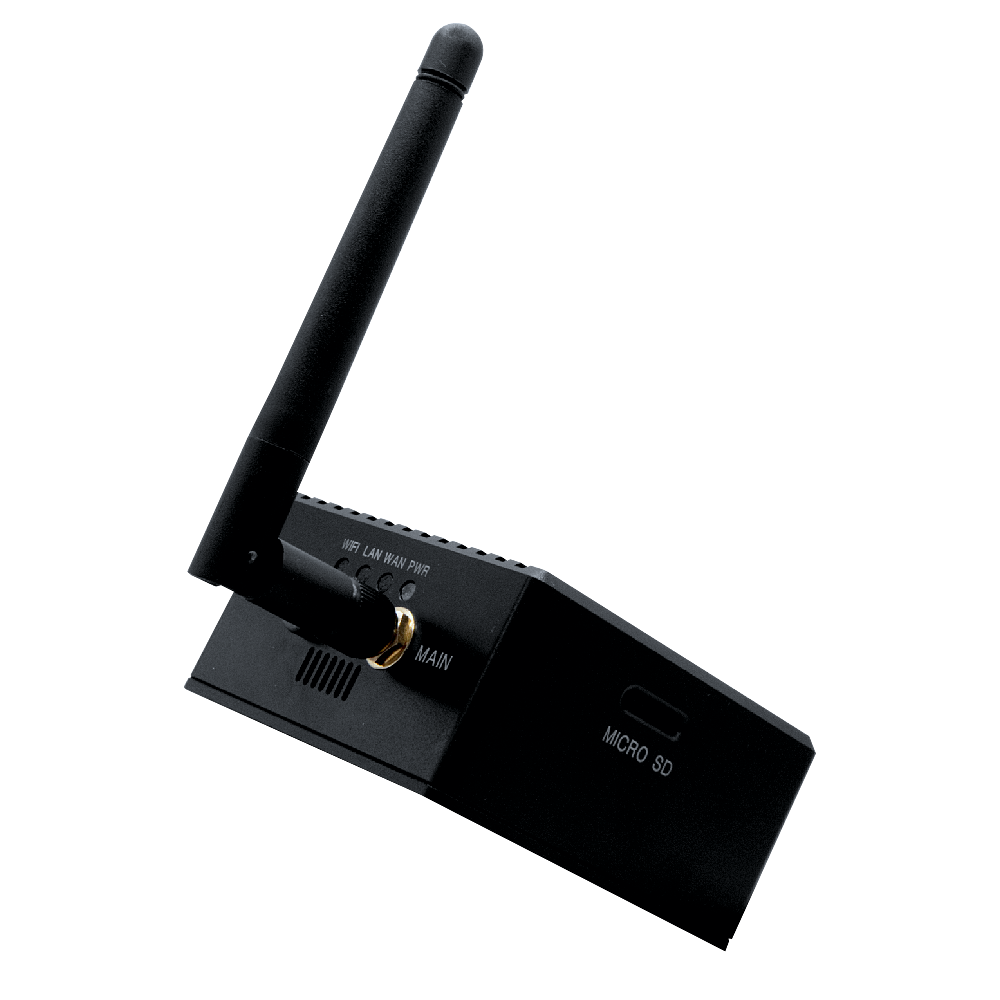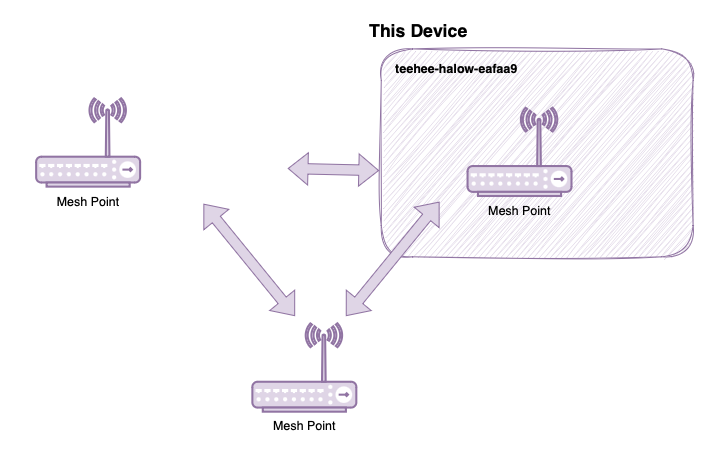TeeHee HaLow has the best range of any camera control product, period.
Not all 900MHz is created equal. TeeHee HaLow doesn’t simply rely on a generic wireless module soldered to a PCB; it pushes camera control further than ever by utilizing next-generation hardware designed in Australia by the WiFi HaLow pioneers at Morse Micro.

Don’t let a lack of information obfuscate your decision-making process when shopping for camera control hardware. While theory is necessary, pragmatic comparative analysis reveals exactly how TeeHee HaLow performs. The following study, completed within controlled yet real-world environments, was conducted so that my peers can make informed decisions on how to spend their hard-earned freelance income.
The following inquiry examined the comparative abilities of sub-1GHz camera control bridges to collect range data from multiple non-simulated physical environments.¹ Five sample units from each OEM were deployed spatially and intentionally within three discrete public environments to determine range based on a consistent pairing ratio value. Because this was not a study to determine objective values such as antenna patterns or other values within a controlled RF environment, the resulting data is entirely comparative and analyzed in that manner. External variables were controlled when feasible in an effort to achieve the most accurate results possible.²
This study reviewed three popular 900MHz bridges advertised as being optimized for cinema camera controk. While not a precursor nor guarantor of performance, the collected data repeatedly demonstrated that TeeHee HaLow had the furthest comparative range when tested across the same environments as two other popular 900MHz camera control bridges currently available on the market. The two other 900MHz bridges demonstrated similar range abilities in multi-pairing modes when utilizing default device-side settings.³ ⁴ TeeHee HaLow performed better than the other units across the board, regardless of environment and pairing ratio. TeeHee HaLow repeatedly exhibited a 90′ range increase over the competition in 1:1 pairings, and it was able to access areas that the competition could not when faced with physical obstructions in an outdoor park.⁵ In 1:4 pairings, TeeHee HaLow retained full range capabilities rather than the nearly 50% decrease in range caused by 1:4 pairing ratios in the other two product offerings. Because mesh configuration was not available for the other units at the time of testing, no mesh testing was conducted given the comparative data-seeking objective that was inherent to this study.⁶
These range results have direct implications for customers who want to make informed decisions about how they will deploy 900MHz product offerings based on the number of cameras they seek to control and their typical physical environments.⁷
The following data sets have been mapped visually to make them intuitive and accessible for reference. While the placement of cameras is to scale, you may also click the marked data points on the map to see explicit distance from the primary hub.⁸ Digital markers are color coded by camera, and the button at the top left of each map lets you layer data points as desired. “900MHz Bridge 1” represents an unnamed competitive product in this study. By default, all layers are enabled; use the checkboxes in the aforementioned left menubar to filter out data points as desired.
On mobile, the following data is most interactive if you click the full screen button in the top right of each map, which will present the data natively in the Google Maps app.
If TeeHee HaLow’s point-to-point connection still isn’t far enough for your situation, you can simply enable HaLow mesh (802.11s) from the web GUI for virtually unlimited range.
What’s that you say? Sorry, with HaLow mesh enabled, you’re so far away that you’re now beyond earshot…
